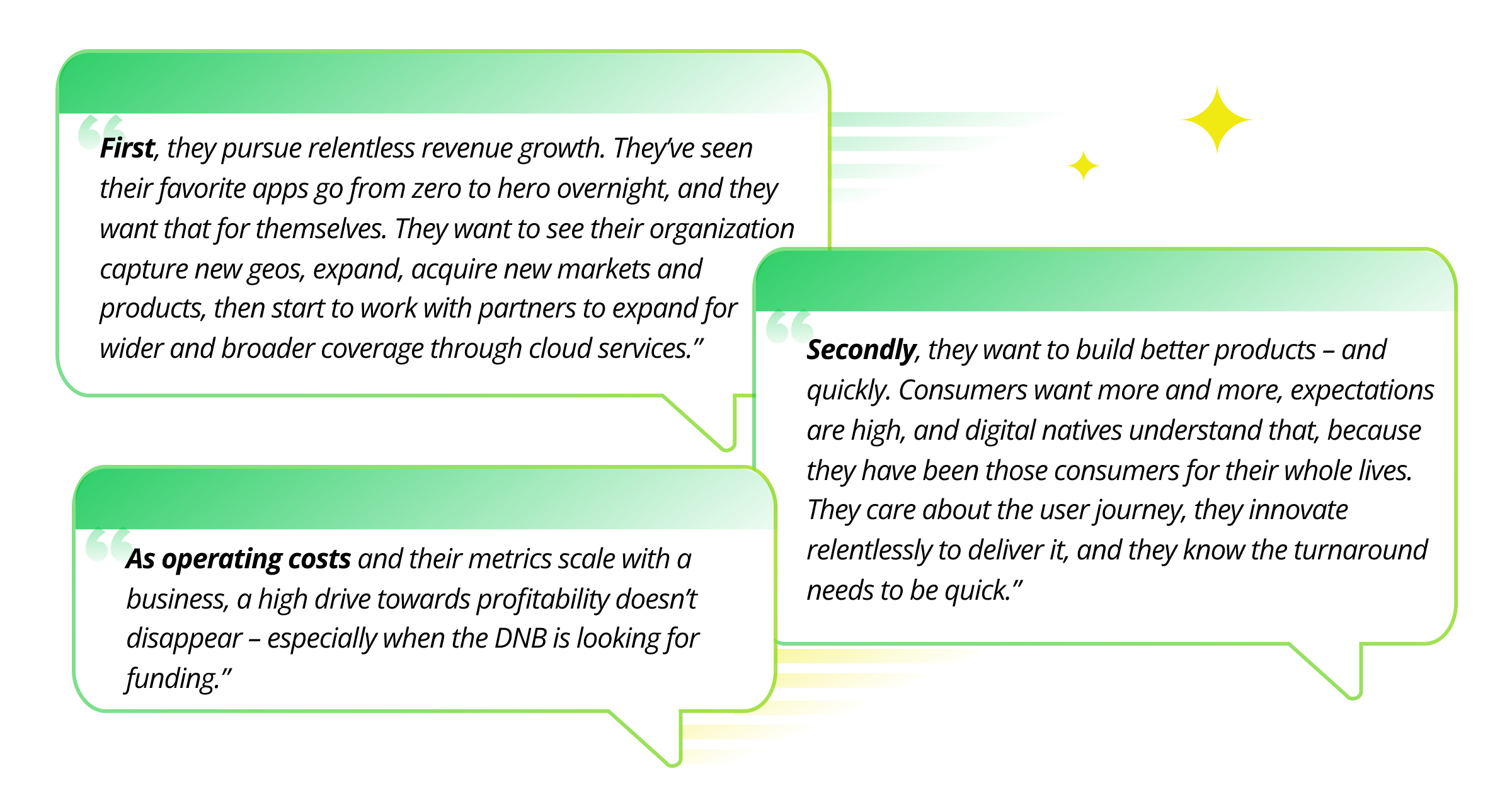
No Legacy: What is a Digital Native Approach to Business, and What’s the Secret of Scaling it to Success?
The dialogue around “digital natives” is constant across the technology industry. It’s a clear theme. People born after 1980 understand how to use apps.
Now, that dialogue is evolving.
It’s a conversation about how the “digital native” mindset has moved beyond just apps to creating entire successful companies.

Generally, digital natives expect three things – they want high-quality products and services that work properly and provide value.
This is how they live, the kind of companies they want to create, and the kind of places in which they want to work.
They want to do business in the same way as the technology they’ve grown up with. They want to move quickly, swiftly remove blockers in their paths, and deliver the kind of customer service they expect themselves.
Amazon Web Services understands all this – so much so that they have their own dedicated general manager for digital native businesses (DNB), Joe Carroll.

Joe has noticed that it’s not difficult to see how these companies work quite differently compared to traditional ones, who “still tend to have legacy, on-premise data centers, and a lot of different business models.”
The technology of these traditional companies can be slow to move in support of the business due to a tradition of “shared service” IT teams.
The product x technology collab
In contrast, Joe has observed, startups are usually small by nature, often with no set departments, and founders who focus closely on their founding “big idea.” This means revenue growth is the product or service itself, and business success is dependent on the technology that delivers the product to customers.
This keeps critical business needs such as speed, delivery, and resilience on a tight leash, linked to product and technology.
Essentially, startup culture focuses heavily on delivering products and services of value to a customer, while quickly removing any technical blockers to that delivery. Whether the customer is using an app on their phone to order food, book a taxi, or order a new outfit to arrive by 7 p.m. the next day – it’s a case of leveraging smoothly-operated tech to deliver what’s been promised.
This is how DNBs work, and so it’s no surprise that it’s also how digital natives themselves think. They want what they’ve paid for, with no compromise. And in business, this is what they expect to deliver for customers.
Opening out those three digital native demands mentioned earlier, Joe said:

Clearing the way
It’s this third point that speaks to me most as a SoftServian. Digital natives see themselves as hyper-scale startups in their own lives. Market makers and disruptors who have no time for legacy – in the literal or technological sense.
In a DNB, it’s the culture, technology, and people that remove the roadblocks to expectation, and this is where partnering with an organization like SoftServe helps – because this is what our business is built on, too.
We partner with our customers to understand their challenges, meet them through carefully planned technological approaches, then deliver a complete project focused on defined business outcomes. It’s what a digital native business would expect but, we feel, what any other business should be able to count on, too.

